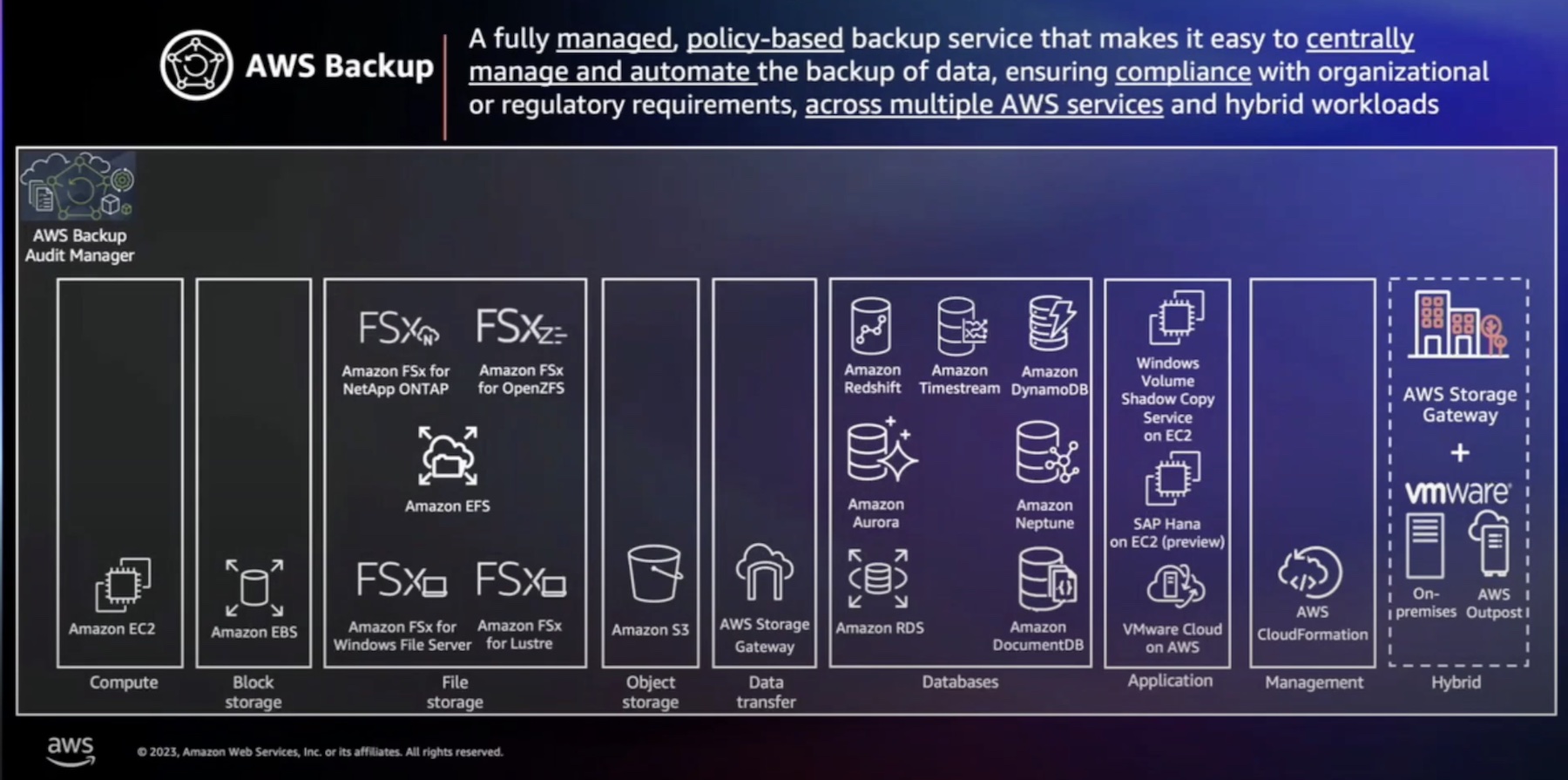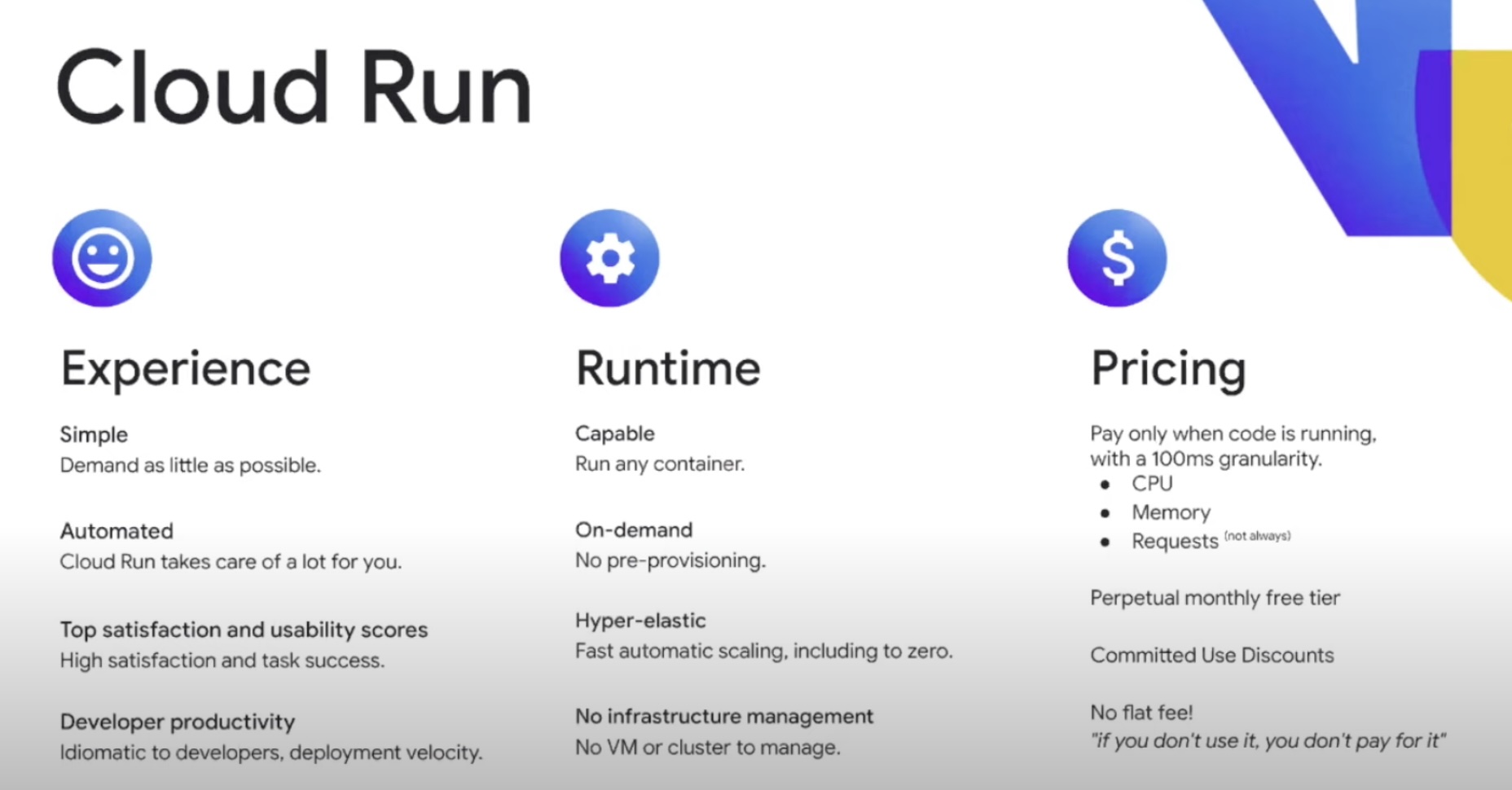Somewhere around the turn of this decade, tidal shifts in technology changed the jobs of white-collar professionals in tech for ever. Once named the best job in IT, application developers came to face a crisis of epic proportion as new technologies met with the demands for new skills.
A Scramble for New Skills
The largest tech companies made it abundantly clear that developers need to exhibit astonishing abilities in their bailiwicks, and an appetite to develop cloud skills on the job to be considered competitive and employment-worthy. Much of these skills someone would have to spend years accumulating and honing, let alone mastering on the job.
Without much option, developers have joined the fray, picking up new skills on the go, taking cloud courses and certifications, learning whatever they can to keep up with the multi-cloud movement.
Many thought this would lead to acquisition of higher skills, and eventually help them move on to higher-level roles. For enterprises, the hope was that it would create more opportunities to build new back-end, cloud-native applications that are more sophisticated, and better performing – everything that has been the dream so far.
But contrarily, studies have shown that productivity has been on a free fall and developers are struggling to keep up with the cloud experience curve. This has resulted in a skill shortage making it harder for enterprises in multi-cloud to build and run complicated applications.
We met with Hugh McKee, Developer Advocate at Lightbend, a company working for the enablement of developers. Its latest advance is Kalix, a developer’s platform that abstracts away complexities of cloud-native infrastructure, making the building experience easy and frictionless.
Internal developer platforms (IDEs) entered the market some years back, and started trending as the Amazons and Googles of the world started using them to reduce operational load on developers. These tools provided teams with necessary abstractions that enable faster development and release cycles.

Kalix Transforming the Developer Experience
Kalix released mid of last year, and has been the center of focus for Lightbend since. Named after a river in Sweden, Kalix is a Platform-as-a-Service (PaaS) solution designed to make developers self-serving. After realizing the learning curve in Akka – Lightbend’s suite of tools for building highly concurrent systems – the company took to developing Kalix, a solution that requires zero additional learning and training.
Luckily, the groundwork was laid with years of engineering at Lightbend. “Kalix was really interesting for us because it’s a culmination of over a decade of work at Lightbend in developing technologies for building distributed back-end applications,” said McKee.
Lightbend positions Kalix as a “fully serverless and pure event-driven” solution. McKee emphasizes on these two properties as the defining features of Kalix. Being serverless allows developers to build and run code on Kalix without the headaches of managing servers or the backend infrastructure.
Kalix abstracts away the complexities of building event-driven microservices by automating a lot of the operational burden leaving the developers to focus only on “building event-driven, back-end microservices without all the lovely drama of dealing with the infrastructure.” The result is a building experience free of technicalities like data caching, databases and service meshes.
Out of the box, Kalix offers high performance and ultra-low latency. Its distributed computing architecture is proven to support massively scalable, high-performing systems.
The platform supports a wide range of programming languages and frameworks that include JavaScript, Scala, TypeScript and more. This gives developers the liberty to use any programming language of their choice.
Kalix comes with built-in state management capabilities which saves developers the trouble of managing data. The platform manages all data in distributed databases automatically. Kalix makes data available automatically for processing in memory so that time is not wasted in reading it from databases. There is no need to appoint a database administrator or for developers to have technical knowledge of data caching software, and database schemas, to use it.
Kalix automates provisioning allowing developers to access all native capabilities of the cloud-native, Kubernetes-based infrastructure without coding, thus bypassing the need for DevOps. Programmers simply need to pick a Kalix SDK and a use case to start writing applications – no need to dig into the inner workings of the platform.
Kalix runs on AWS. “We run it in your Amazon environment, and give you a dedicated environment, or you could have a co-located environment where multiple customers can be using the same location,” said McKee.
Kalix supports multiple AWS regions, but native multi-region in the same application is a feature that is yet to arrive.
New Enhancements
Recently Lightbend announced a new Developer Experience (DX) for Kalix that further enhances the platform. The new DX constitutes four additional elements, namely Kalix Workflows, Kalix Container Registry, Kalix Control Tower and several DX enhancements that all serve to boost productivity and development velocity.
Furthermore, Lightbend is working on optimizing Kalix for edge. “We think this programming model is a really good fit for going very close out to the edge,” said McKee.
Wrapping Up
Lightbend promises 2x developer velocity and much faster time to market with Kalix. With programmers left to focus on building application business logic without having to learn specialized skills on the job, the development experience is undemanding and favorable. Kalix tops it with breakthrough cost-optimization through lower data-related costs, low investment on application middleware and full utilization of resources.
Be sure to check out Kalix’s website to explore the solution. Also check out the recent episode of Gestalt IT Rundown that talks about why Kalix is going to be a big success with developers. For more stories like this one, keep reading here at Gestalt IT.




